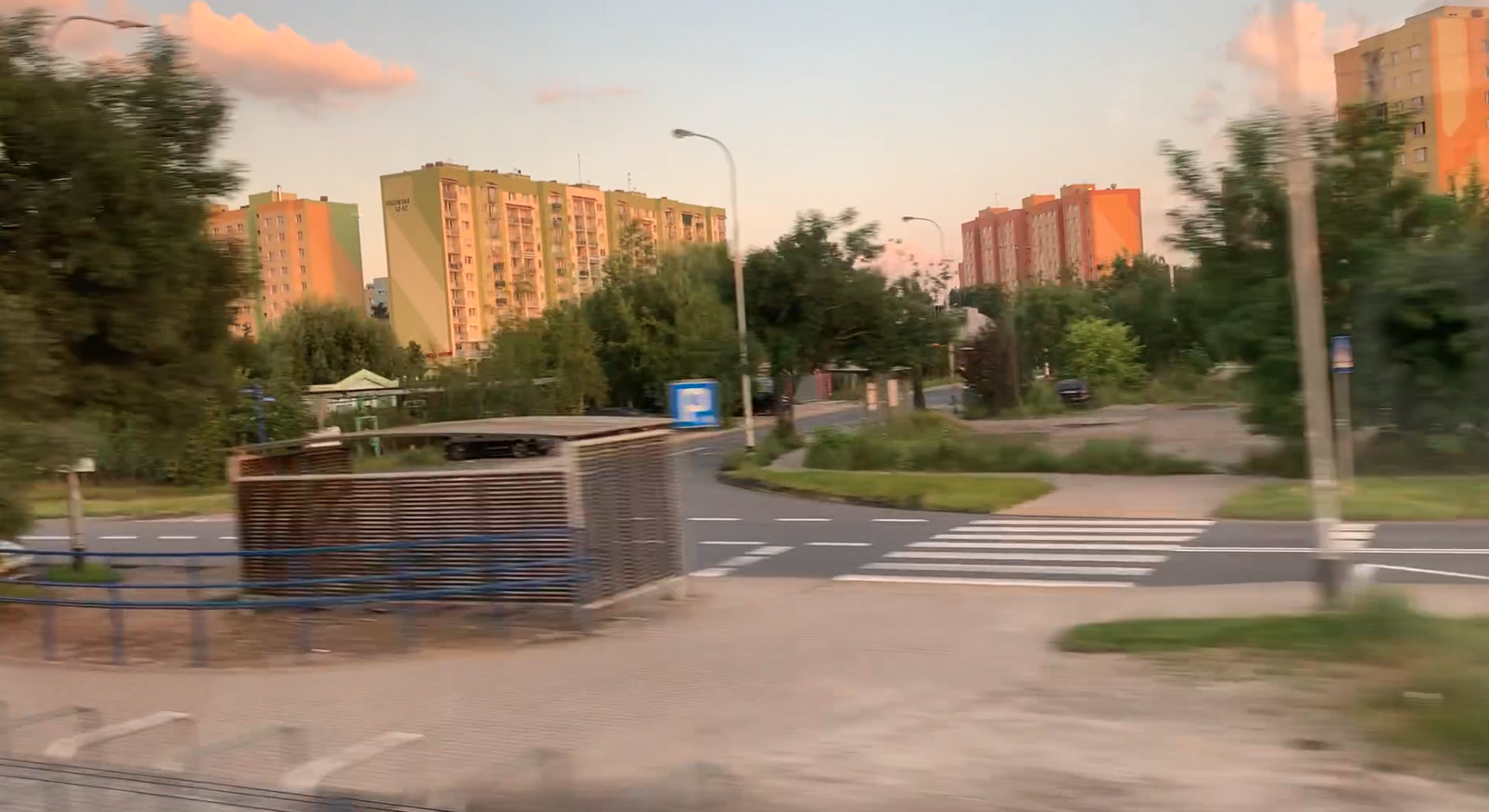Wrocław 2025-04-03
PKP Wrocław Nowy Dwór.
Wrocław Nowy Dwór Railway Station; Address Żernicka Street, 54-438 Wrocław. Geographic coordinates: 51.120 N 16.952 E. Elevation 120 m. Currently a passenger stop.
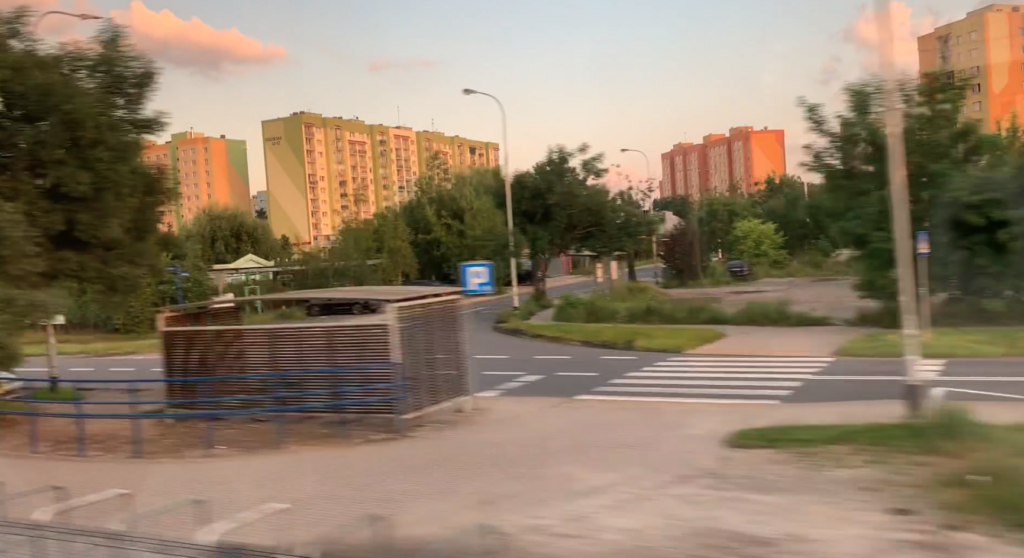
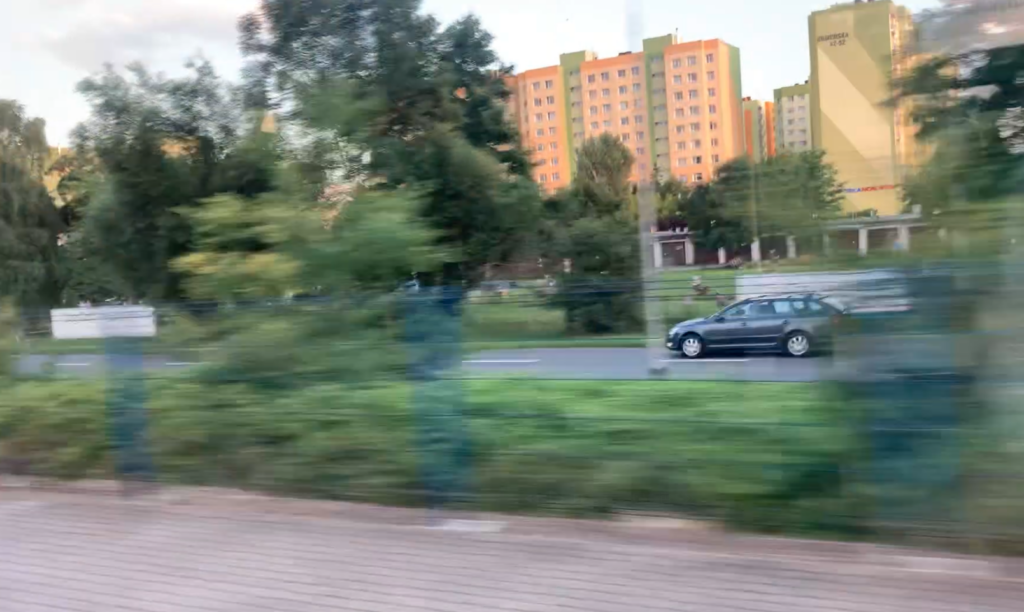
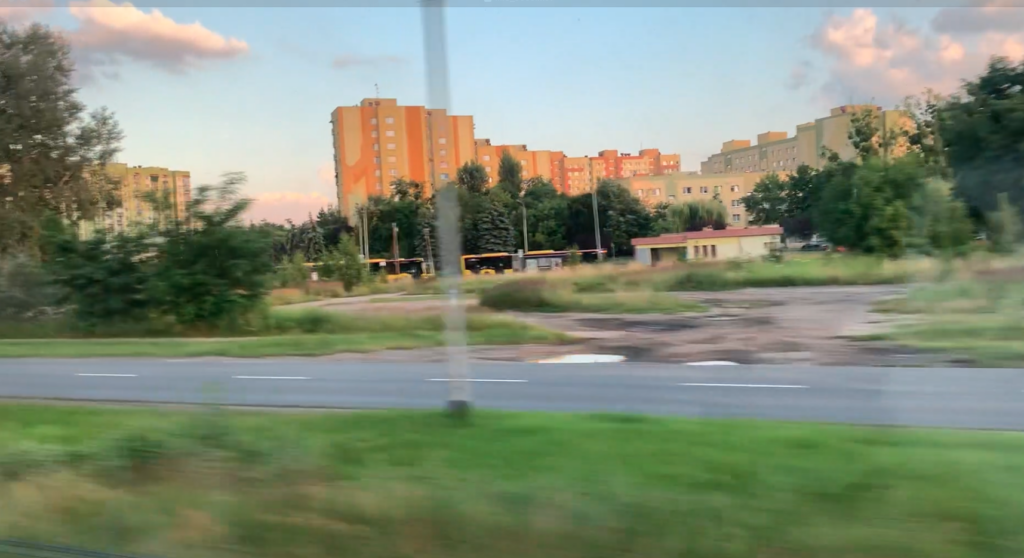
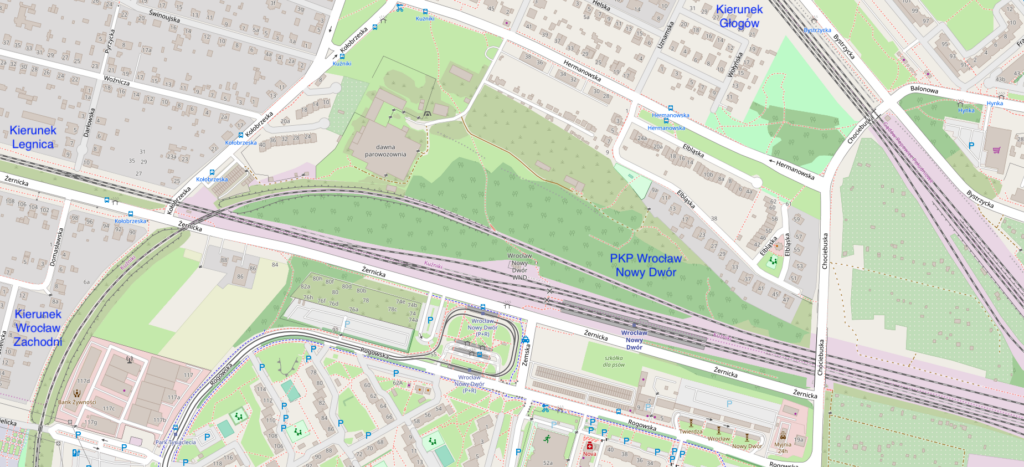
The Wrocław Nowy Dwór railway station is located in the western part of the city of Wrocław, between the housing estates; Nowy Dwór and Kuźniki. As part of the modernization of the E30 railway line, the track system and the traction network were rebuilt at the station. A P+R transfer center was built. The location of the station in the city makes PKP Wrocław Nowy Dwór very well connected. An extensive network of roads and public transport make it possible to reach the place at any time of day. There is a taxi rank at the station. There is a tram terminus and city bus stops next to the station. The railway stop serves passenger trains to Legnica and Wrocław Główny. Koleje Dolnośląskie and PolRegio trains stop here. Wrocław Nowy Dwór station is currently (2025) operated by Koleje Dolnośląskie. There are routes here; D1, D10, D11, D12, D14. You can reach the following stations: Legnica, Bolesławiec, Węgliniec, Lubań Śląski, Żary. All long-distance InterCity and TLK (InterCity) trains do not stop at the station.
Five tracks run through the station; four in the direction of Legnica, which in the west direction merge into a two-track railway line No. 275 Wrocław Muchobór – Gubinek. Currently, there are two single-edge platforms at the station, 200 m long. The platforms are of the high type and equipped with warning lines, lines with buttons, guide lines, benches, waste bins, lighting, information boards, audio information system. The platforms, 0.78 m high from the railhead and 200 m long. The edges of the platforms are made of red prefabricated slabs, 2 m x 1 m in size. The remaining part is paved with Bauma paving stones. Access to the platforms is at the level of the tracks and is accessible to people in wheelchairs. The passage at the level of the tracks to Platform 1 is secured by barriers with light and sound signals. However, access is only from the south, from Żernicka Street. The station serves about 500 people per day.
History
The station was opened in 1889. At that time, the station was called MariaHöfchen, later with the addition of Breslau. The station was built on the railway line from Wrocław to Berlin and Dresden built by the Lower Silesian-Marchian Railway in the period 1843-1846. The Wrocław-Legnica section, on which the stop is located, began to be built on August 29, 1843, and was opened on October 19, 1844. MariaHöfchen station was built in the period 1911-1912, on the connecting line leading to Wrocław Zachodni station. The station served a suburban village, which was incorporated into the city in 1928. A station building was built at the station, according to a standard design. The same building stands at Mrozów station, to this day (2025).
The railway line, on which the Wrocław Nowy Dwór station stands, was to be electrified in the 1930s, but this was not done. In 1926, a transformer substation was built at the station for the electrification of the railway. At that time, up to 100 trains ran on the line per day. The route was the main route for the export of hard coal from Silesia to Berlin and other cities.
In 1938, near the station, construction began on a housing estate for employees of the Linke-Hofmann Werke factory (later PaFaWag in Poland), which produced wagons and locomotives. The estate was to be inhabited by 10,000 people. The estate was not completed because the Germans, together with their Muscovite brothers, started World War II.
A locomotive shed, water tower, coal entanglements, guardhouses, warehouses and other facilities were built at the station. A third track for local trains was built through the station, on the Wrocław Świebodzicki – Leśnica route. The lines were used by the residents of Leśnica to commute to schools, offices and work in Wrocław, and the residents of Wrocław went to Leśnica for leisure. The existence of this line is evidenced by the remains of an additional span of the bridge over Ślęża.
During the war (February-May 1945), the station was completely destroyed. Other buildings were also destroyed. The station was not rebuilt. Despite this, the stop was raised to the rank of a station. The WND signal box was rebuilt.
The Nowy Dwór housing estate was built in the period 1973-1989. The blocks were built using large-panel technology. The estate was inhabited by 22,000 people.
In the period 1983-1984, the No. 275 Wrocław Muchobór – Gubinek railway line was electrified. The first section Wrocław – Miłkowice was launched the earliest. At the same time, the shape signals were replaced with traffic lights. The track bed, sleepers and rails were replaced. The rails were made using contactless technology. The island platform, which had two edges, was rebuilt. A footbridge for passengers and residents was built above the tracks. On December 28, 1984, the first EN57 type EZT passed through the Wrocław Nowy Dwór station.
In 2003, the viaduct on Chociebuska Street collapsed, breaking the electric traction on the Gądów – Wrocław Zachodni line. Fortunately, there were no casualties among the population. The rebuilt viaduct was shorter. Because the technical condition of the viaduct was deteriorating, in 2015, the viaduct was closed to cars. Then it was dismantled, and in 2016, a new one was built. The new viaduct has: two lanes for cars, two lanes for cyclists and two sidewalks for pedestrians. In the period 2003-2004, the Wrocław Nowy Dwór stop was rebuilt and currently (2025) it has its current shape. The work was carried out as part of the renovation of railway line No. 275; the pan-European transport corridor E-30. The track system and the traction network were rebuilt. Since two railway lines connect here; a double-track from the Wrocław Gądów station and a double-track from the Wrocław Muchobór stop, two protective ribs were built. The previous platform was eliminated and two high single-edge platforms were built. The footbridge over the tracks was eliminated. A level crossing was made. The remaining rails on the northern side of the station level were dismantled. Currently (2025) most of the station level is overgrown with self-seeded plants. The existing buildings are mostly undeveloped. Some of the roads are paved. The concrete water tower stands in the eastern part of the former station. The tower was recently (2022) renovated and is marked E64 Tower Wrocław. The former rectangular locomotive shed is abandoned. There are many single-family houses near the station. In 2011, the “WND” signal box was liquidated and LCS Wrocław Muchobór was launched. In the previous period, the station tracks belonged to Wrocław Gądów station.
Railway lines:
Railway line No. 275 Wrocław Muchobór – Gubinek. The line is 192.658 km long. The line runs through the Lower Silesian and Lubuskie provinces. The line was originally a Germanic Wrocław – Berlin line, which was built in the period 1845-1946. The line was built by the Lower Silesian-Marchian Railway. The technical standard and importance are currently varied depending on the section of the line. The Wrocław – Miłkowice section has remained double-track, has been electrified since 1984 and is part of the pan-European transport corridor E 30 running towards Zgorzelec. On the Miłkowice – Żagań section, the line is single-track and has local importance. The Żagań – Gubinek section is partially impassable. On the Wrocław – Rokitki section, the line has national significance and is one section with the section of railway line No. 303 leading from Rokitki to the military sidings in Duninowo. The maximum speed is 160 km/h.
Railway line No. 759 Wrocław Gądów – Wrocław Nowy Dwór is a double-track, electrified with 3 kV DC, with a length of 1.606 km. The line used to be a continuous route from Wrocław Główny station towards the west.
Written by Karol Placha Hetman
